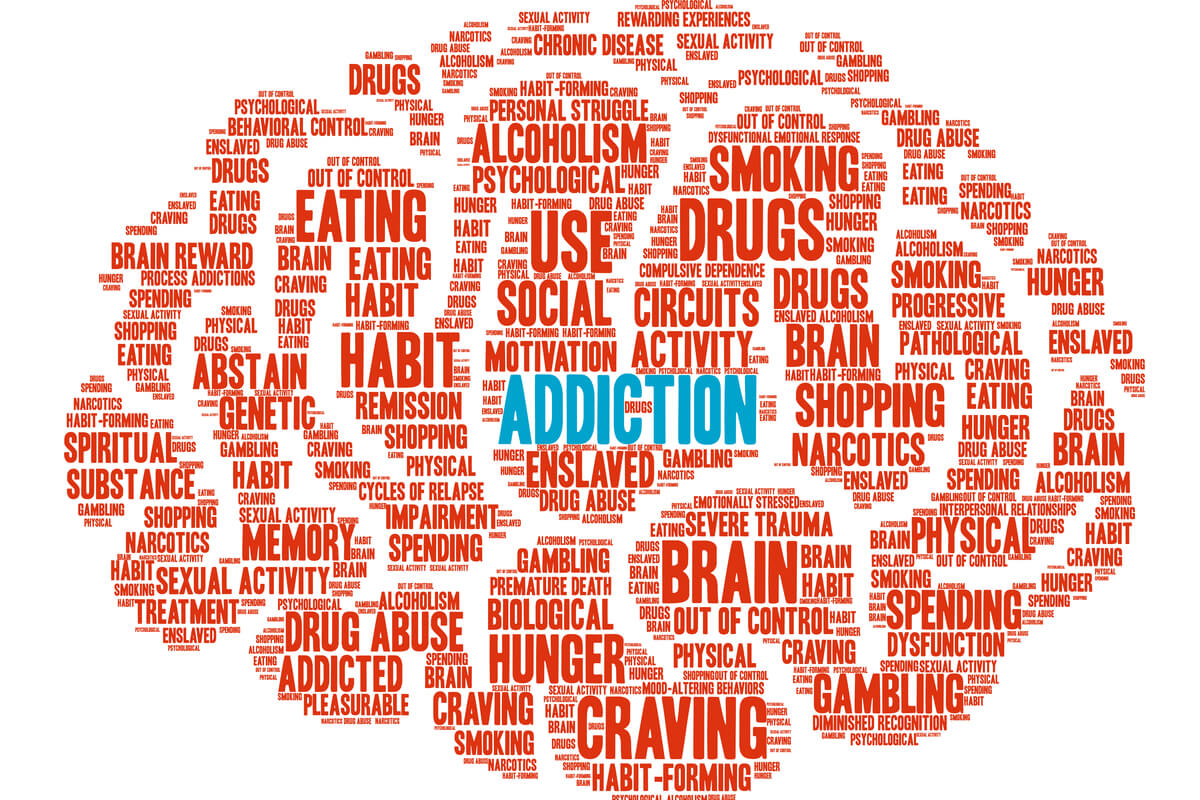
Kratom is a natural substance that has psychogenic properties. While it’s not illegal, it’s also not an approved medication for any condition at this time, including opioid use disorder (OUD).
Experts do not recommend using kratom to treat substance use disorders (SUD) at this time. While some people have reportedly tried it and claimed to feel better, doctors currently think the risks of kratom outweigh the benefits.
Before you experiment with an untested drug, know that there are proven treatments that can help you overcome OUD. These therapies are very safe and much better understood and tested than substances like kratom.
What Is Kratom?
Kratom is derived from the leaves of a Southeast Asian tropical tree that belongs to the coffee family. Kratom comes in various forms, including chopped or whole leaves, powder extracts, liquid extracts, pills or capsules. Some people chew the leaves, and others smoke them or brew them into teas.
Kratom is also known by the following terms:
- Biak
- Ketum
- Kakuam
- Thang
- Thom
What Is Kratom Used For?
Historically, kratom has been used to treat health conditions, such as pain, fatigue, lethargy, inattentiveness, depression and anxiety. Now, some people think kratom could help ease OUD symptoms.
Is Kratom Safe?
The U.S. Food and Drug Administration says people should not take kratom.[1] Kratom works on the same receptors used by opioids like heroin, and it could cause similar problems, including a substance use disorder.
Kratom is an old drug, but research on kratom is relatively new. There is very little information about how long-term kratom use could affect the body. But some early studies say the drug could cause liver problems when used for a long time.[2]
Since kratom can cause SUD and liver disease, it’s not a safe substance for anyone to use without a doctor’s approval.
Common Kratom Side Effects
There are two psychotropic ingredients in kratom: mitragynine and 7-α-hydroxymitragynine. Depending on the dosage, kratom can produce either of the following:
- Opioid-like effects: In large doses, kratom can cause sedation, pleasure, and decreased pain.
- Stimulant-like effects: Small doses can cause feelings of boosted energy, increased sociability, and heightened focus and alertness.
Since kratom isn’t dispensed from pharmacies, it’s difficult to know what’s in the dose you take. You may want a small dose to help you stay alert, but you might get a tainted batch that works differently than you expected. It’s impossible to know how strong or safe this drug is.
Some people report kratom side effects, including these:[2]
- Confusion
- Constipation
- Dizziness
- Drowsiness
- High blood pressure
- Liver problems
- Nausea
- Seizures
- Slow breathing
- Vomiting
These side effects can range from mild to severe depending on the dose of kratom, your health and other factors.
Can You Overdose on Kratom?
It is possible to overdose on kratom, but it is rare. Most often, overdoses on kratom are due to the substance being cut or laced with another drug.
While there have been reported fatal overdoses associated with kratom use, most involved the use of other drugs as well.[3] These overdoses confirm that kratom use can potentially be dangerous for some.[4]
Is Kratom a Viable OUD Treatment?
Some people say anecdotally that kratom helps to ease their withdrawal symptoms and soothe their opioid cravings.[5] However, this is not advised, as there is no scientific evidence to suggest that kratom is safe or effective in mitigating opioid withdrawal symptoms. In fact, some people who have taken kratom to help with opioids end up getting hooked on kratom instead.[6]
Since kratom is understudied and potentially dangerous, it has been listed by the Drug Enforcement Administration as a chemical of concern.[7] At this time, most clinicians highly recommend against trying to self-treat OUD with kratom or other unstudied substances.
What Can You Use Instead of Kratom?
Medications are extremely helpful for people with opioid use disorder. Currently, three medications are available as FDA-approved treatments for OUD: methadone, buprenorphine (Suboxone), and naltrexone. All OUD treatment prescriptions include one, or a combination, of these three medications.
Common brand names include Belbuca, Suboxone, Vivitrol, Sublocade and Zubsolv.
Bicycle Health is dedicated to helping people with opioid use disorder. To learn more about the success rates and safety of Bicycle Health’s telemedicine addiction treatment compared to other common treatment options, call us today.

Reviewed By Peter Manza, PhD
Peter Manza, PhD received his BA in Psychology and Biology from the University of Rochester and his PhD in Integrative Neuroscience at Stony Brook University. He is currently working as a research scientist in Washington, DC. His research focuses on the role ... Read More
- FDA and Kratom. U.S. Food and Drug Administration. https://www.fda.gov/news-events/public-health-focus/fda-and-kratom. April 2022. Accessed March 2023.
- Kratom. National Institute on Drug Abuse. https://nida.nih.gov/research-topics/kratom#safe. Accessed March 2023.
- Kratom Exposures Reported to United States Poison Control Centers: 2011–2017. Clinical Toxicology. https://www.tandfonline.com/doi/full/10.1080/15563650.2019.1569236. January 2019. Accessed March 2023.
- Unintentional Fatal Intoxications with Mitragynine and O-Desmethyltramadol from the Herbal Blend Krypton. Journal of Analytical Toxicology. https://academic.oup.com/jat/article/35/4/242/769060. May 2011. Accessed March 2023.
- The Good, the Bad, and the Maybe About Kratom. Healio. https://www.healio.com/news/primary-care/20180416/the-good-the-bad-and-the-maybe-about-kratom. April 2018. Accessed March 2023.
- A Complex Case of Kratom Dependence, Depression, and Chronic Pain in Opioid Use Disorder: Effects of Buprenorphine in Clinical Management. Journal of Psychoactive Drugs. https://www.researchgate.net/publication/342244963_A_Complex_Case_of_Kratom_Dependence_Depression_and_Chronic_Pain_in_Opioid_Use_Disorder_Effects_of_Buprenorphine_in_Clinical_Management. June 2020. Accessed March 2023.
- Drug Fact Sheet: Kratom. Drug Enforcement Administration. https://www.dea.gov/sites/default/files/2020-06/Kratom-2020_0.pdf. April 2020. Accessed March 2023.
Download Our Free Program Guide
Learn about our program, its effectiveness and what to expect
Related articles
Imagine what’s possible on the other side of opioid use disorder.
Our science-backed approach boasts 95% of patients reporting no withdrawal symptoms at 7 days. We can help you achieve easier days and a happier future.









